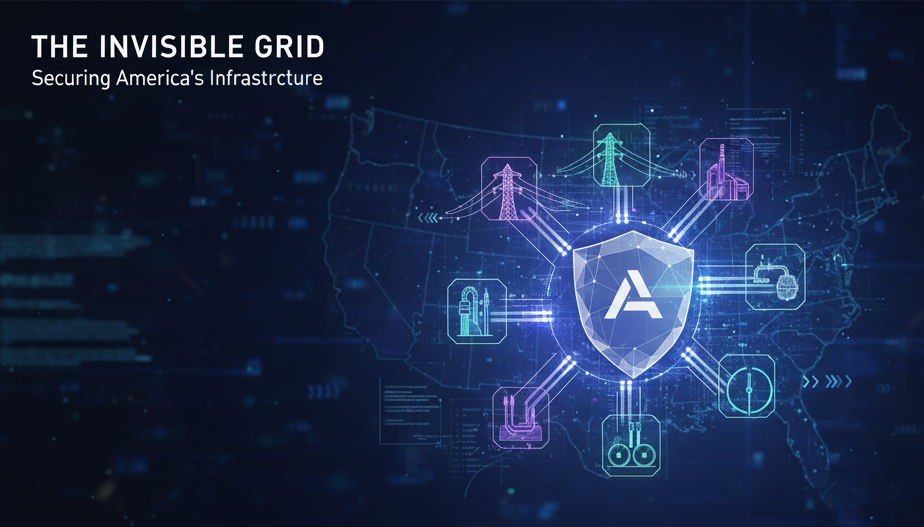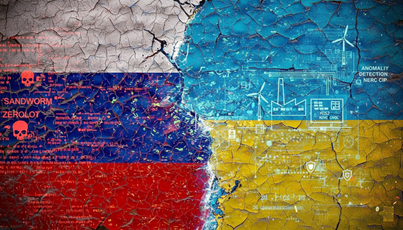The Invisible Grid: Why Securing America's Infrastructure Is a Shared Responsibility
Security
We often take for granted the seamless flow ofpower, water, and data that underpins our modern lives. It’s an invisible gridof pipelines, power lines, and communication networks that functions quietly inthe background—until it doesn't. A single point of failure in one system cantrigger a domino effect across others, with potentially catastrophic results.
This is the central challenge that experts aregrappling with: our critical infrastructure is deeply interdependent, yethistorically, it's been secured in isolated silos.
Project Homeland: Mapping the Interconnections ofRisk
The MITRE Corporation, a federally funded researchand development center, recognized this critical vulnerability and launched Project Homeland. Using advanced geographic informationsystems (GIS), they've created a "spatial knowledge graph" that mapsthe intricate web of connections between different infrastructure sectors - from energy and water to transportation andemergency services.
The project reveals how a cyberattack on a powergrid could disrupt water treatment facilities, or how a physical eventaffecting one pipeline could cause cascading failures far beyond its immediatelocation. It's a wake-up call that our national resilience depends on aholistic, interconnected approach to security.
From Stovepipes to a Unified Defense: The EnergySector's Role
Recent cyberattacks, like the 2021 Colonial Pipeline ransomware attack, are a starkreminder of these real-world threats. But the threats are evolving. Nation-statesand for-profit cybercriminal groups are constantly finding new ways to exploitvulnerabilities. The energy sector, in particular, is a prime target due to itscritical nature and a complex landscape of operational technology (OT) andinformation technology (IT).
At Argen Energy, we understand that protecting ourinfrastructure is not just a business imperative - it's a national security issue. The challenges weface include:
- Supply Chain Vulnerabilities: Our reliance on third-party vendors for software and hardware creates potential entry points for attackers.
- The IT/OT Divide: Bridging the gap between corporate IT systems and the specialized industrial control systems (OT) that manage our physical assets.
- Decentralization: The rise of smart meters and distributed energy resources expands the attack surface.
A Call to Action: Building a Resilient Future
Securing America's critical infrastructure requiresa unified effort. It's a job for government agencies like CISA, but it alsorequires a commitment from every organization and professional. As an industry,we must move beyond the "stovepipe" mentality and embracecollaboration, intelligence sharing, and continuous investment in next-generationsecurity technologies.
By understanding the interdependencies andvulnerabilities of our systems, we can work together to build a more resilient,secure, and reliable energy future for all Americans.



